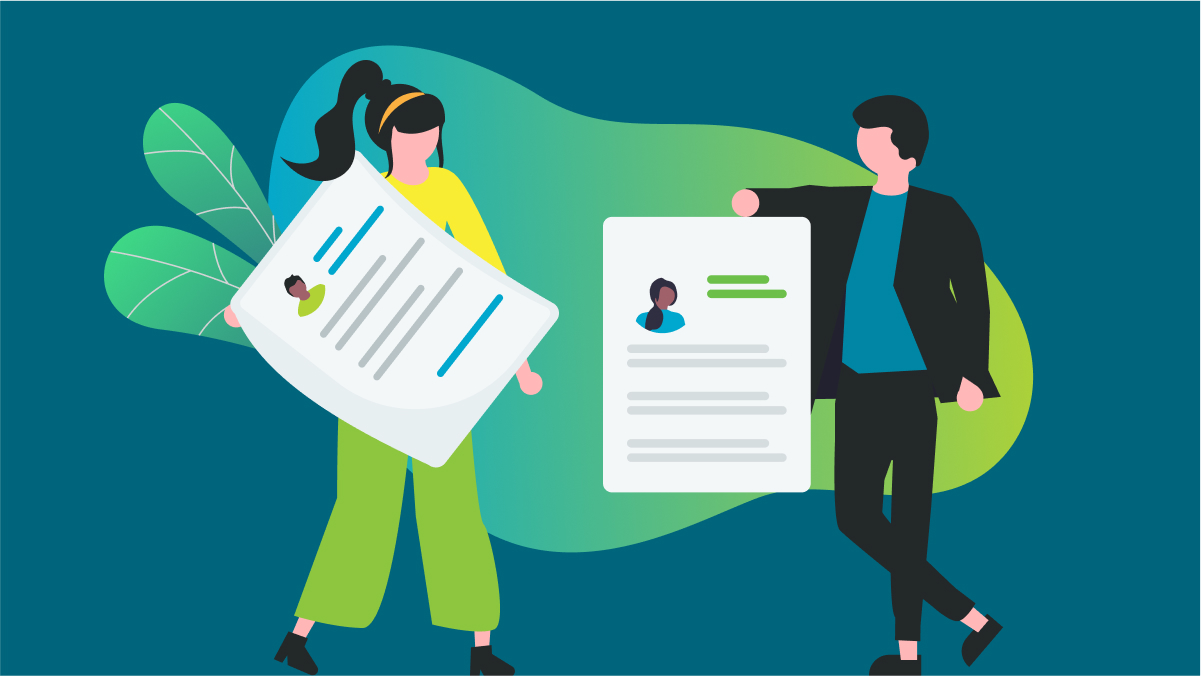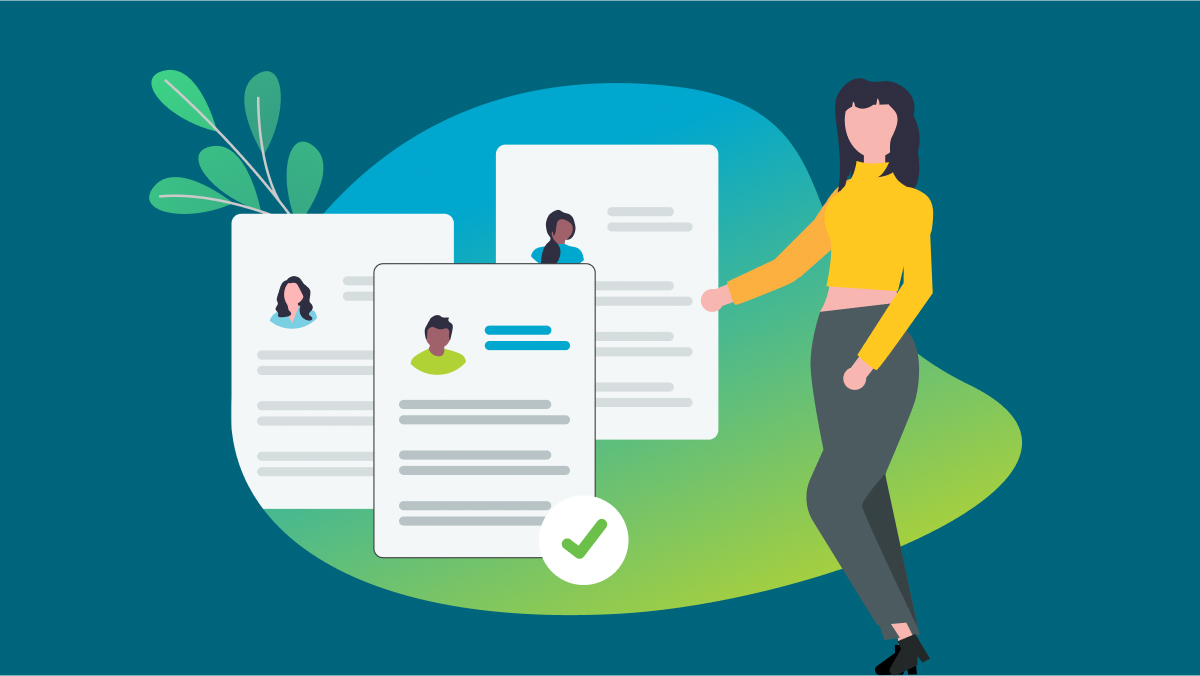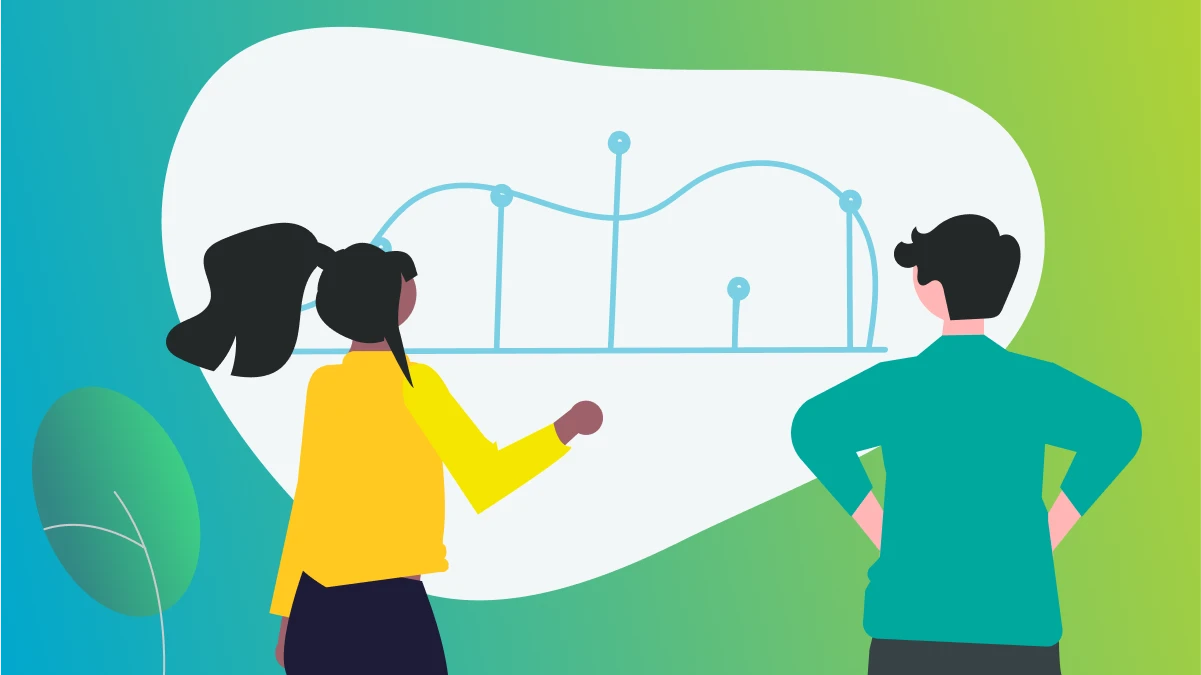Hiring for a small business is tough. You know what you do inside out, and you’re excited to expand, but you’re probably not a recruitment expert. With 32% of Australians unlikely to be rehired if their employer was given the option, hiring managers desperately need guidance during this important initial process.
This article (part one of the Small Business Hiring Toolkit) will show you the current hiring trends within Australia and what to look out for. When you’re ready to take the next step, AbilityMap is here to help find the right fit for you.
Recruitment has changed drastically over the past decade. There’s now more tech available to candidates and employers. Individuals are also less likely to stay with companies out of loyalty, as job mobility in 2023 remains at its highest rate in a decade.
These figures suggest employee retention is just as important as attraction.
While it’s still important to look for traits that indicate technical capabilities, it’s now equally as important to focus on whether a person is a good fit for the business. People are less malleable, and organisations are learning to play to people’s strengths.
The Society for Human Resource Management estimates the cost of a poor cultural fit at 50-60% of the employees annual salary. That’s a huge loss for any business, but likely detrimental for a smaller one.
The Importance of Hiring the Right People
Hiring the right people can make or break your team. When your business is in its early years, your culture can shift significantly from the arrival or departure of just one person. A positive culture is key, but most Australian businesses haven’t cracked it just yet.
PWC predicted The Great Resignation in 2021, and it seems like Australia has proven them right. 40% of Australians are considering quitting, while a massive 72% are unhappy in their current roles.
Burnout might be the culprit for these numbers. According to Microsoft, 1 in 2 Australian workers between 18 and 54 are exhausted, unmotivated and unable to concentrate at work.
For small business owners, it’s simply not affordable to hire the wrong people. One bad hire can cost employers up to 2.5 times the employee’s annual salary. That figure alone should motivate any organisation in their growth stage to prioritise hiring the right people.
It’s not all bad, though. As Australia works to recover from the challenge of the pandemic, some positive changes to the workplace remain. The most popular: a hybrid working model.
Remote & Hybrid Working
We know remote working now features in most organisations, but how does it affect your hiring decisions? The capabilities of people who work well in an office are different from those of people who work well remotely.
Capabilities to look for in remote workers:
- Showing Professionalism
- Displaying Initiative
- Operating Independently
- Adapting to Change
- Coping with Pressure
- Displaying Consistency
- Accepting Responsibility
- Managing Resources
Find out more about why these capabilities are important in remote workers.
The skillset for effective hybrid working models is different from that of a fully remote team. Leaders of a hybrid workforce must effectively manage the blend of face-to-face and virtual interactions between teams and stakeholders.


